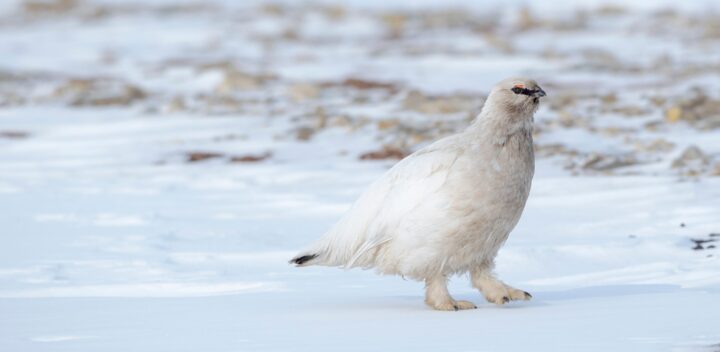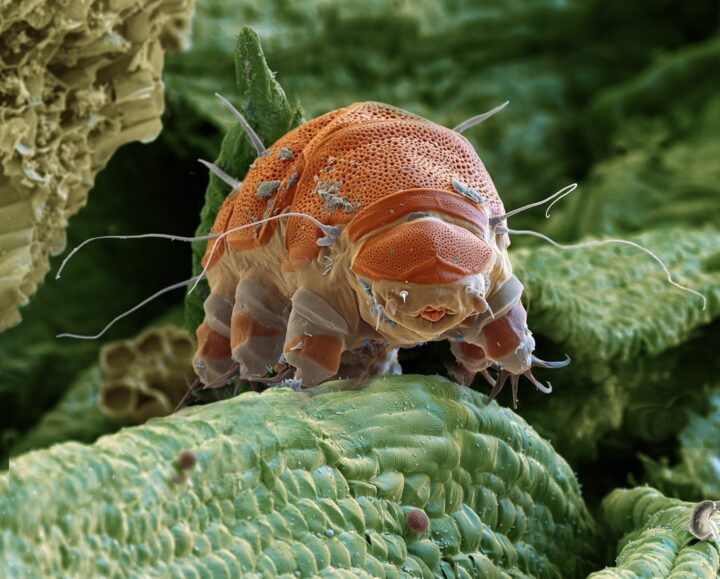Several forms of feathers work together to trap air to retain warmth by forming a continuous layer around the body.
Introduction
Emperor penguins (Aptenodytes forsteri) are remarkable survivors in the harsh environment of Antarctica. They endure air temperatures as low as −40°C and icy waters that hover around −1.8°C. These birds rely on their dense, specialized plumage to maintain their core body temperature of 38°C. Unlike many other birds, their feathers not only provide insulation but also adapt to support their aquatic lifestyle. Recent studies reveal fascinating insights into the structure and function of emperor penguin feathers, challenging earlier assumptions about their composition and density.
The Strategy
The plumage of emperor penguins consists of four main types of feathers: contour feathers, afterfeathers, plumules, and filoplumes. Together, these create a highly effective insulation system that traps air and minimizes heat loss in extreme conditions.
- Contour Feathers: These stiff, overlapping feathers form the waterproof outer layer. They shield the underlying downy feathers and skin from wind and water. Each contour feather is equipped with an attached afterfeather, contributing to the overall insulation. The upper parts of the vanes of the contour feathers overlap their neighboring feathers flatly like tiles, creating a seamless wind and water barrier.
- Afterfeathers and Plumules: Previously overlooked, the downy plumules play a significant role in insulation. While afterfeathers are attached to contour feathers, plumules are independent and attach directly to the skin. Plumules are four times denser than afterfeathers and form a thick mat beneath the contour feathers. This dense underlayer traps air, creating an insulating barrier against the cold. The deeper insulating layer is made up of afterfeathers that consist of progressively smaller components. These components form an ordered network that creates trapped air spaces, optimizing insulation.
- Filoplumes: These tiny, hair-like feathers, once thought absent in penguins, are present at the base of contour feathers. Filoplumes are believed to act as sensory structures, alerting the bird to feather displacement, and encouraging it to preen, putting them back in order. This behavior maintains the smooth and uniform arrangement of feathers, which is crucial for insulation and streamlining during dives.
Penguins are unusual in that their feathers are not arranged in tracts, as in other birds, but are evenly packed over their surface. The contour feathers are short and stiff compared to other birds, and have both an outer “pennaceous” region also called the vane, and a downy inner region called the afterfeather. The shafts of the feathers are attached to muscles that can pull them down into a compressed, watertight barrier when underwater, and then erect them again when the penguin comes back onto land.
The intricate structure of penguin feathers is further illustrated by studies of gentoo penguins. Each feather has approximately 47 barbs, and each barb has about 1,250 barbules emerging at a 60-80 degree angle from the central ramus (or stalk) in a spiral arrangement. Each barbule is equipped with tiny extensions, called cilia, that attach to neighboring barbules using a “slip-stick” mechanism. This mechanism ensures that the barbules move only in one direction relative to each other, creating a uniform arrangement of barbules and a consistent division of air spaces within the insulating layer. After compression underwater, the stored elastic energy in the barbs interacts with this slip-stick mechanism to re-establish optimal spacing for insulation.
The Potential
The efficient insulation system of emperor penguins has inspired biomimetic applications in various fields. Their feather design provides a model for dynamic insulation, offering excellent thermal protection in both air and water while regaining loft automatically after compression. This clever self-organizing characteristic could inspire advanced insulative materials for clothing, building construction, and outdoor gear. The uniform arrangement of barbules and the ability to restore loft after compression offer insights into creating sustainable, high-performance insulation.
AI on AskNature
This page was produced in part with the assistance of AI, which is allowing us to greatly expand the volume of content available on AskNature. All of the content has been reviewed for accuracy and appropriateness by human editors. To provide feedback or to get involved with the project, contact us.







